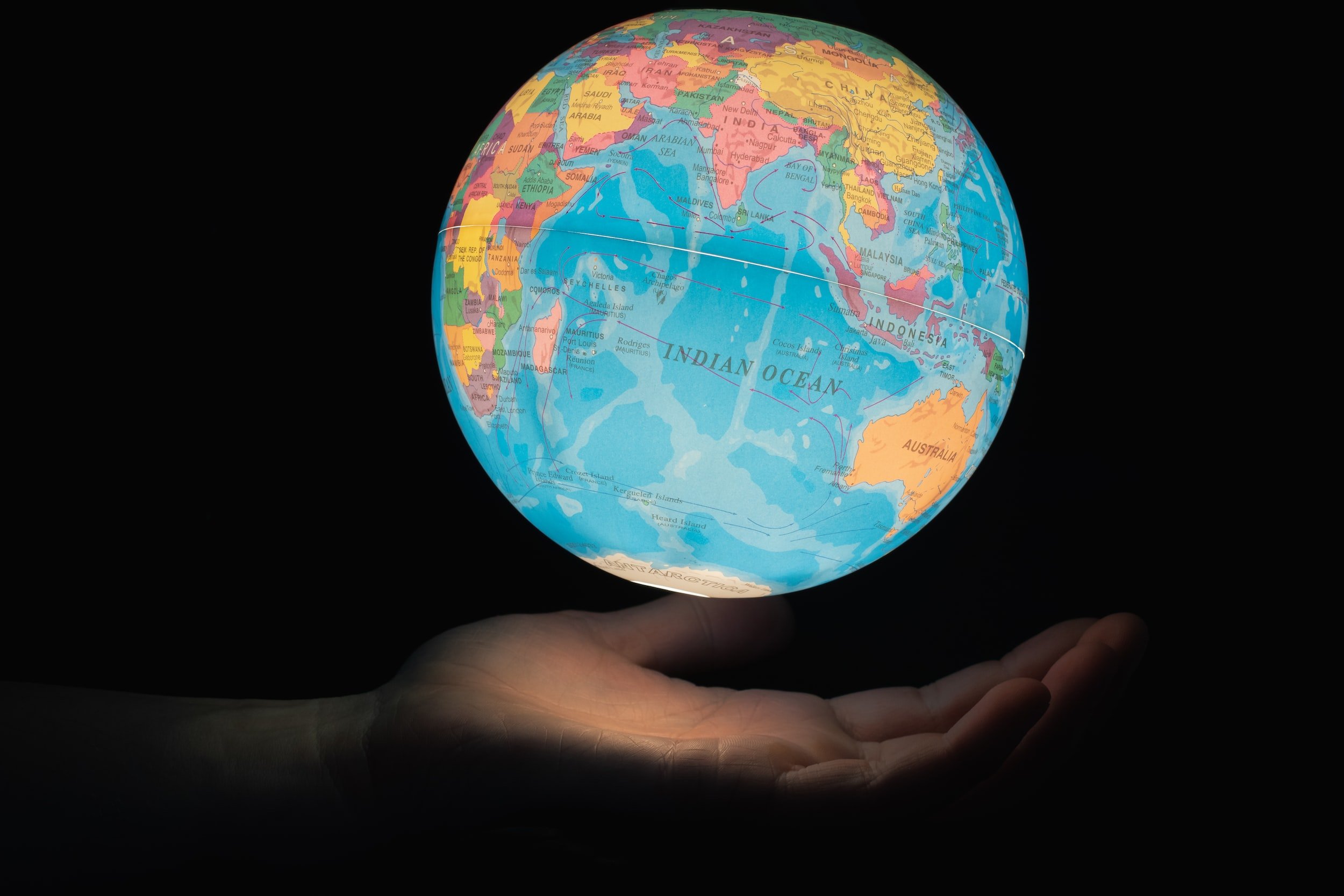World Population Day
Written By: Lauren Heink | July 10, 2020
July 11 is World Population Day, a holiday that was created to bring to light the importance of understanding the impact that our ever-growing population has on both humans and the environment. Earth’s population is constantly increasing. Only 200 years ago we reached 1 billion humans, and since then we have gained nearly 7 billion more. As I write this, there have been nearly 300,000 births and 130,000 deaths today alone, meaning that in one day there has been a population growth of about 170,000 people. Only a little over halfway through the year there has been a population growth of over 41 million people. At our current rate of growth, the UN believes that we will reach over 11 billion people by 2100.
It is difficult to conceptualize just how many people this is. To get an idea, check out Worldometer.com, where you can see a visual of everyone alive right now, how quickly people are being born, and where they live. Scrolling through this page is an effective way to see just how packed our planet is already. Can our planet handle 11 billion people?
Many scientists say yes, our planet can handle many more peopl than we already have, but only if we do it right. There are steps that must be taken to ensure that we have the means to house and feed everyone effectively. Let’s take a moment to see what will be affected by a mass increase of global population.
Food
Global food production will need to increase by 70% by 2050.
Huge pressure on standards of food production
With higher demands for food, less time can be taken on food production, and corners may have to be cut
As short-term measures are taken to bring forth more food at a faster rate, issues such as soil degradation can affect our farms
Increased risk of food fraud
Change in farming technologies
Sensor-based to find imperfections
Focus on reducing waste in all aspects of production
Aquaculture
Vertical farming
Change in global diet
Less meat products
As aquaculture grows, more fish
Change diets to include edible insects
Family
Change in family planning methods in developing countries
Safe contraceptive services for women
Growing elderly population
Greater burdens on healthcare
Increasing numbers of dependants
More common to see long-term diseases requiring long-term care
Improvements in life expectancy
Education offered to all people, regardless of sex or gender
Environmental Impact
More of a demand for food, water, space, shelter
Increase in waste
Urbanization
Massive increase in the consumption of goods, many of which are not needed for a comfortable life
Increase in the use of fossil fuels for energy affects CO2 levels globally
Renewable power sources
Wind turbines
Solar powered houses, cars, etc.
Electric cars
In order for the world to continue living in such a way that we can all survive happily and healthily, we must all work to make changes. Here’s what we can do:
Use alternative methods for transportation
Biking
Walking
Carpooling
Public transportation (bus, subway, etc.)
Plan what you will be eating before going to the grocery store to reduce food waste
Create a compost bin
Gain a better understanding of expiration dates (sell-by vs. use-by dates)
Use reusable containers when shopping and storing food
Learn about gardening
Look into your library - books, CDs, DVDs, video games, events, and hobby items are often available only a couple of minutes away

